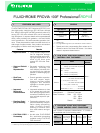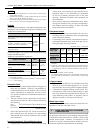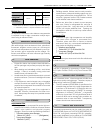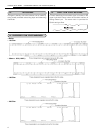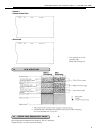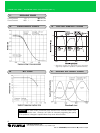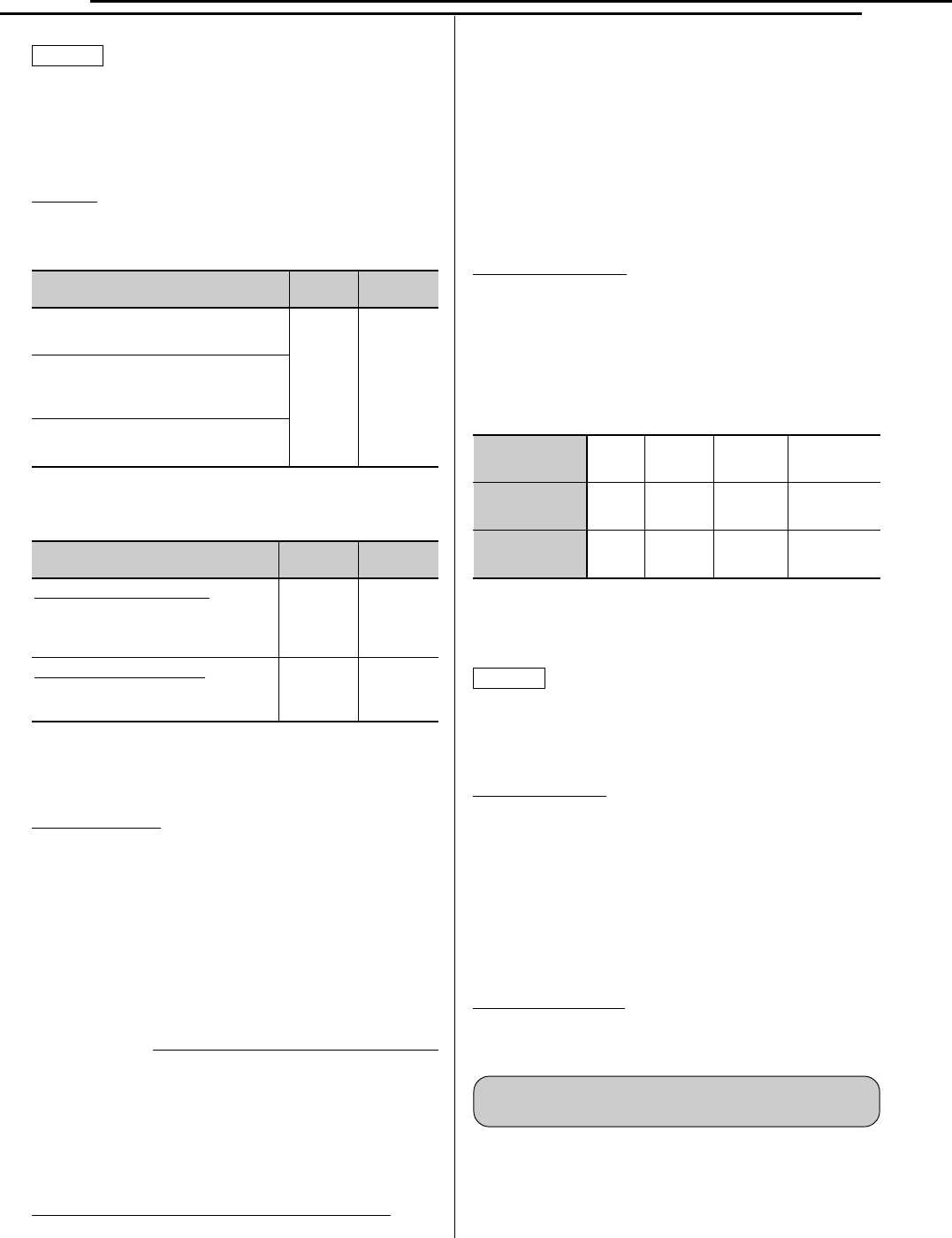
FUJIFILM DATA SHEET FUJICHROME PROVIA 100F Professional
[
RDP
III
]
2
Excessively high or low subject color temperatures may
require the following filter
additions and exposure corrections.
The foregoing settings are for 2 hours after sunrise and 2
hours before sunset.
Provide lens opening 1/2 stop smaller during the summer
and 1/2 stop larger during the winter.
Excessively bright (or dark) or backlit subjects may require
plus or minus 1 stop lens opening adjustments.
Daylight
Under daylight conditions, color balancing filters are not
necessary, but the following exposure conditions may
require the indicated filters.
NOTES
Fair weather open shade and shaded
landscapes.
Bright distant scenes, snow land-
scapes, seaside scenes, aerial
scenes and open landscapes.
Close-ups of plants and subjects hav-
ing bright colors.
Subject Conditions Filter
Exposure
Correction
UV Filter
No.2C*
(SC-39 or
SC-40)**
None
High Color Temperature :
Cloudy weather landscapes or por-
traits under clear weather open
shade.
Low Color Temperature :
Morning and evening twilight scenes
and portraits.
Subject Conditions Filter
Exposure
Correction
No.81A*
(LBA-2)***
No.82A* or
No.82C*
(LBB-2 or
LBB-4)***
+1/3
stop****
+1/3 to
+2/3
stop****
ISO 100 Electronic Flash Guide Number
=
Electronic Flash-to-Subject Distance
(meters or feet)
Lens
Aperture
(f-number)
output tends to be lower than that indicated by an
exposure meter, so it is advisable to compensate
for this by increasing exposure time or the lens
opening. Whenever possible, test exposures are
recommended.
Other factors requiring consideration when deter-
mining the exposure time, are lamp configuration,
use duration and line voltage, as they may affect
lamp output and color balance.
Fluorescent Lamps
The use of the following combinations of color com-
pensating filters is advisable when photographing
under fluorescent lighting.
For exacting work, however, test exposures are rec-
ommended because lamp make and age may af-
fect light output and color balance.
(Exposure Time : 1/4 second)
* Kodak Filters
**Fuji Sharp-cut Filter
***Fuji Light Balancing Filter (not available in certain markets.)
****+= Lens opening
Electronic Flash
Electronic flash produces light similar to daylight, so
filters are not needed. However, the possibility of
undesirable effects on color balance, due to various
factors (differences in equipment, amount of use,
etc.) should be taken into consideration and test ex-
posure made.
The use of a flash meter is advisable, but the follow-
ing formula can also be used to obtain satisfactory
lens opening.
Fluorescent
Lamp Type
Color Compen-
sating Filters*
Exposure
Corrections**
White
(W)
25M+20B
+1 stop
Daylight
(D)
30R+10M
+1 stop
Cool White
(CW)
35M
+1 stop
Warm White
(WW)
No.80B
+15M+10R
+2
1
/
3
stops
Set the film speed at ISO 100. Since the amount of
light reflected onto the subject from surrounding
surfaces will differ with the conditions, refer to flash
unit instructions.
* Kodak Color Compensating Filters (or Fuji CC Filters) recom-
mended.
** Exposure correction values include filter exposure factors.
These values are added to unfiltered exposure meter readings.
+ followed by number = required increase in lens opening.
Use 1/30 or slower shutter speeds.
For shutter speeds longer than 128 seconds, exposure ad-
justments will be necessary to compensate for reciprocity
failure.
Tungsten Lamps
A Kodak Filter No.80A (or Fuji Light Balancing Filter
LBB-12) is recommended along with a 1
2
/
3
lens
stop increase, when using 3200K tungsten lighting.
If household tungsten lighting (room lamps, etc.)
constitutes the main source of illumination, in addi-
tion to the above filter a Kodak filter No.82A (or Fuji
Light Balancing Filter LBB-2) is required, plus an
aperture increase of 1/3 stop (total 2 stops).
Mixed Light Lamps
Under mixed light conditions, derive the basic filter con-
figuration to suit the main light source.
NOTES
Daylight Photoflood / Photo-Reflector Lamps
Daylight-type photoflood or photo-reflector lamp
5. LONG AND MULTIPLE EXPOSURE
COMPENSATION
No exposure correction or color balance compensation
is required for exposures within a 1/4000 to 128 seconds
shutter speed range. However, for exposures of 128
seconds or longer, reciprocity-failure related color bal-
ance and exposure compensations are required.



